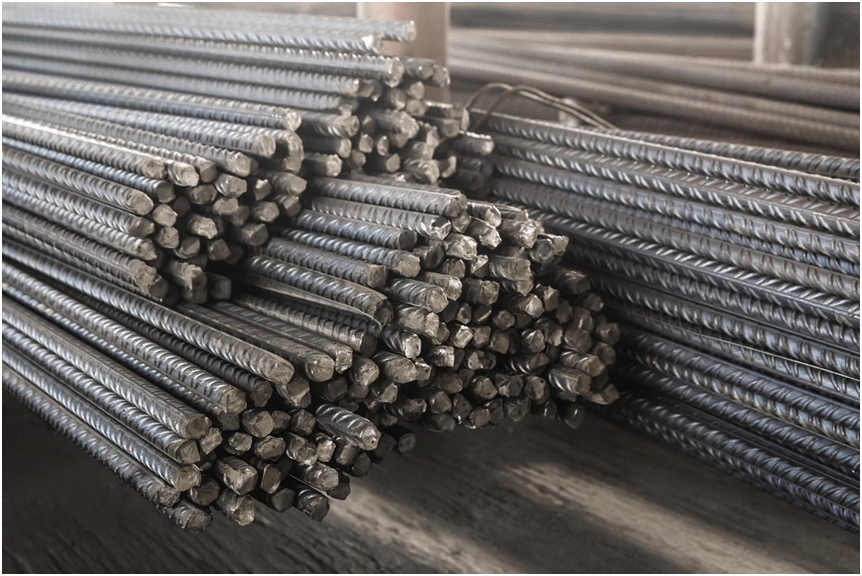The steel market in Q1 2025 was lackluster. This was driven by a complex interplay between reality and expectations.Construction sites resumed operations at a slower pace, with delays in fund allocation to projects. Winter stockpiled resources also faced pressure to be liquidated. These intertwined factors prevented the steel market from gaining momentum during the quarter. After the Spring Festival, coal mines gradually resumed production, leading to supply growth outpacing demand. Four consecutive rounds of price reductions for raw materials significantly weakened the cost support for steel production.
Image Source:699pic.com
Demand for steel in infrastructure and real estate during Q1 often enters a transitional period: old projects lack funding, while new construction projects remain dormant. However, Q1 coincides with key policy meetings, during which favorable macroeconomic and industrial regulation signals are typically released. It is also a demand lull after the Spring Festival, with northern regions’ construction activities constrained by rain and snow, and southern work resumption progressing only gradually. As winter stockpiled resources enter the market, some previously invisible inventories have become visible.
Given the underwhelming demand recovery in both infrastructure and real estate sectors, combined with flexible supply, steel inventories could rise at any time. Additionally, weakening export demand and the ongoing process of translating macroeconomic stimulus into tangible outcomes have dampened market sentiment. While expectations for peak-season demand recovery and potential policy stimuli (e.g., crude steel production cuts) have kept spot steel prices relatively stronger than futures prices.
Coke prices have been reduced 11 times, and the market is hopeful for stabilization in coking coal and coke markets. Medium-to-long term, oversupply in these sectors remains likely, but short-term iron melt production exceeding 2.36 million tons/day has boosted cost-side support. Last week’s surge in iron melt output by 56,700 tons to 2.3626 million tons indicates: 1) steel mills have decent orders; 2) mills are replenishing low inventories.
Cost support may gradually strengthen, as mills’ raw material inventories (iron ore, coke, scrap) are near multi-year lows, reducing incentives to cut further. However, steel mill profits pose challenges: after losses of ¥150-200/ton last year, current profits stand at ¥100+/ton (rebar: ¥100-120, hot-rolled coil: ¥120-150). Improved margins encourage mills to lock in profits via futures, increasing market pressure. Total inventories of five major steel products dropped 2.3% week-on-week to 17.8809 million tons last Friday, down 26.5% year-on-year, but destocking speeds vary.
Two conditions are needed for a market rebound: 1) confirmed inventory inflection (destocking began earlier in mid-March); 2) macroeconomic stimulus translating into tangible progress. Currently, no significant increase in physical project activity is evident. The market awaits clarity, with expectations leaning moderately positive.
Outlook for Q2: The market is unlikely to be excessively strong or weak, maintaining a neutral-to-positive tone. If crude steel production cuts are implemented in Q2, upward momentum could intensify. However, with unclear implementation timelines, mills continue market-driven production, keeping overall capacity in check.



